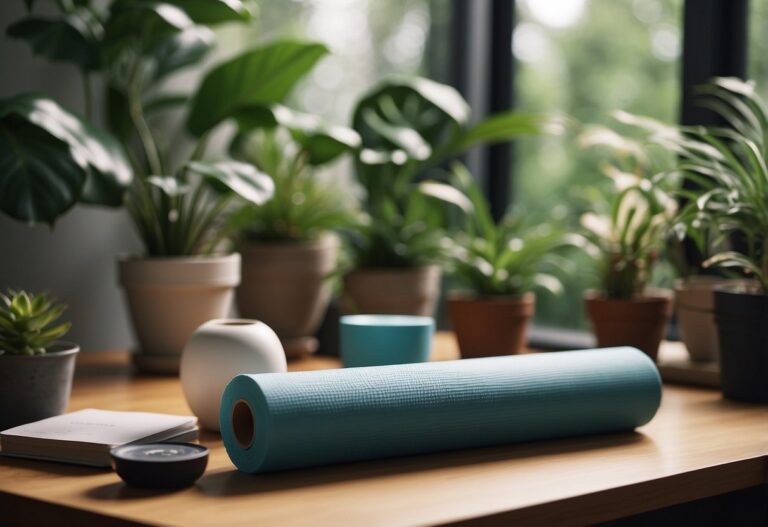Finding affordable ways to stay fit at home can be challenging, especially with the rising costs of gym equipment. One effective and versatile tool for full-body workouts is the kettlebell. But did you know you can make your own DIY kettlebell alternatives using items you might already have at home?
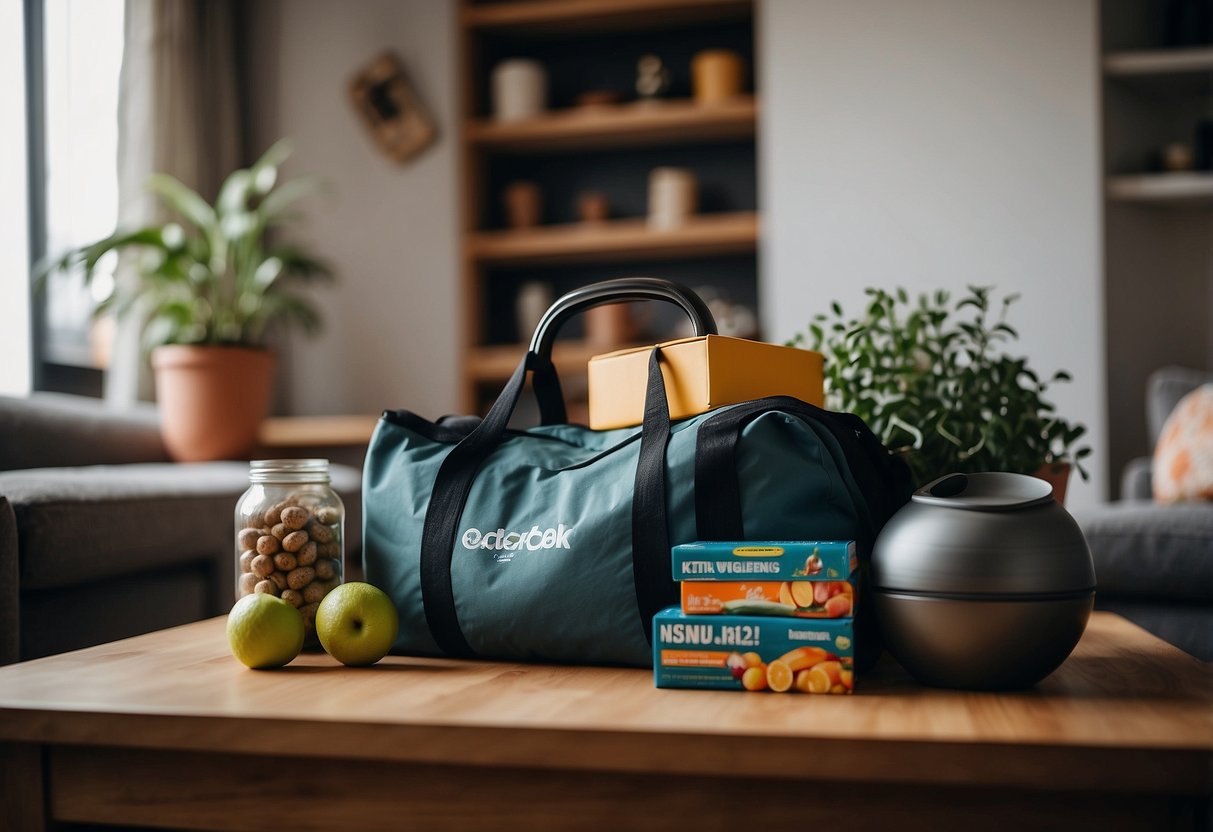
Imagine transforming everyday household objects into fitness tools without spending a fortune. This article will guide you through some creative and inexpensive options that can serve as kettlebell substitutes, helping you maintain your workout routine without breaking the bank.
Homemade Sandbag Kettlebell
Creating a sandbag kettlebell at home is an inexpensive and practical way to start your kettlebell training. You can make one using items you probably already have around the house.
Begin with a sturdy bag such as a duffle bag or a heavy-duty plastic bag. Fill it with sand to the desired weight. You can use multiple smaller bags inside for added security.
Make sure to seal the sand securely to avoid spills. Duct tape or zip ties work well for this. Once sealed, ensure the sandbag has a good, firm grip by wrapping a towel or cloth around the handle area.
For more details on crafting a sandbag kettlebell, visit DIY Sandbag & Kettlebell.
Water-Filled Milk Jug
A water-filled milk jug is an easy and inexpensive way to create your own kettlebell.
Start by selecting a clean, empty plastic milk jug. Fill it with water to the desired weight. For a heavier kettlebell, you can use sand instead.
Seal the jug tightly to prevent any leaks. You can also reinforce the handle with duct tape for extra grip and durability.
Using a water-filled milk jug offers a good workout alternative. It is especially useful for exercises like swings and squats.
Give it a try and see how it can fit into your home workout routine.
Backpack Filled with Books
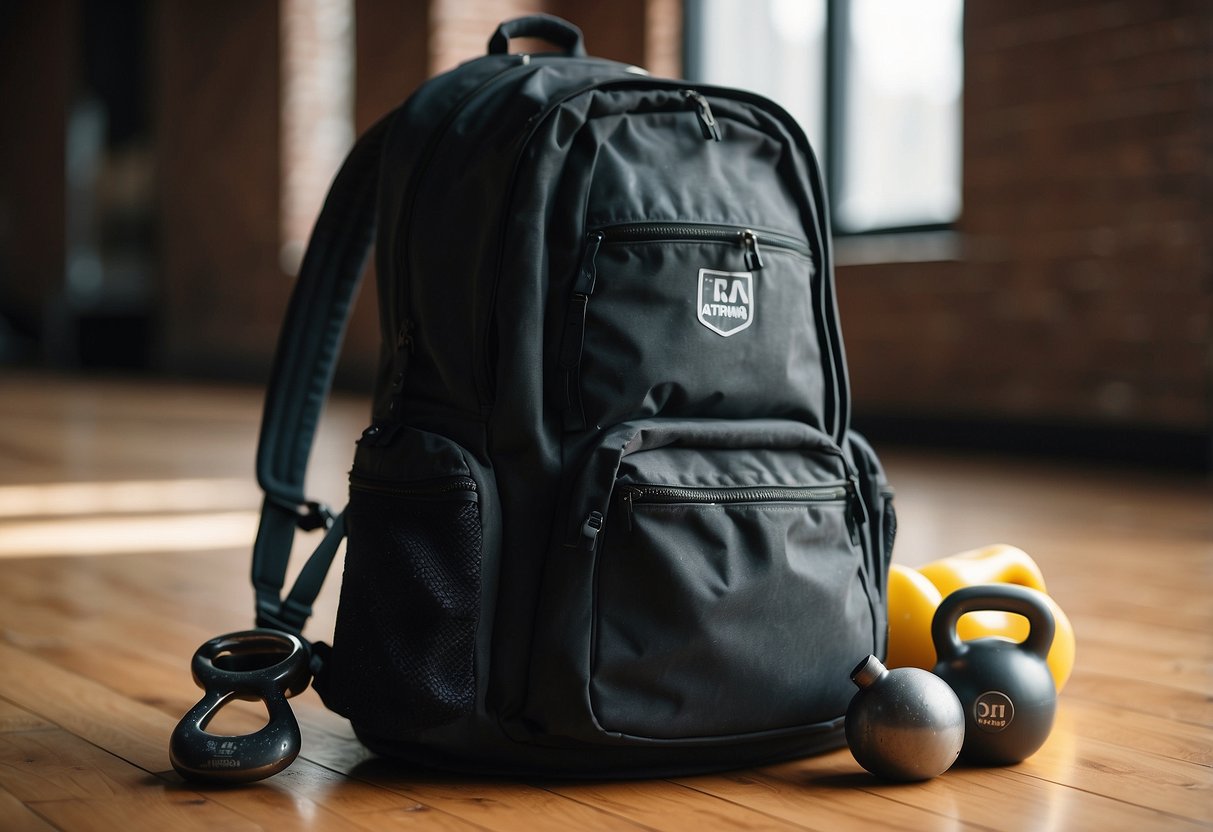
A backpack filled with books can be an excellent kettlebell alternative. Most people have a backpack and a few heavy books lying around. Simply load the backpack with books until you reach your desired weight.
Make sure to balance the weight evenly so the backpack sits comfortably on your back or at your side. This setup is perfect for exercises like squats and lunges.
You can also use the backpack for arm exercises. Grip the top handle and perform exercises like bicep curls or shoulder presses. This makeshift kettlebell is versatile and easy to adjust as you build strength.
Concrete Mold Kettlebell
One effective way to create a kettlebell at home is by using a concrete mold. This method is both cheap and practical.
First, you’ll need a mold, which can be made out of household items like plastic bottles or buckets. You can also find dedicated kettlebell molds online for more professional results.
Next, mix the concrete according to the package instructions. Pour it into the mold, ensuring to place a sturdy handle in the centre before it sets. Make sure the handle is secure and well-positioned for your grip.
After the concrete has dried, you’ll have your very own homemade kettlebell. This option can really help save money compared to buying traditional or competition kettlebells, which can be quite pricey.
Using a concrete mold kettlebell can help you keep up with your workouts at home without breaking the bank. Plus, there’s a unique satisfaction in using equipment you’ve made yourself.
Old Sports Ball Filled with Sand

You might have an old basketball or football lying around. Instead of throwing it away, turn it into a DIY kettlebell.
First, cut a small hole in the ball. Fill it with sand until it reaches your desired weight.
Seal the hole with strong tape or glue. Now, you have a homemade kettlebell!
This method is cost-effective and repurposes old equipment. It’s perfect for adding some weight to your workout without breaking the bank.
Plus, using an old ball adds a unique twist to your fitness routine.
Rice Bag Kettlebell

Using a rice bag as a kettlebell is an affordable and practical option. All you need is a sturdy bag and some rice.
To make one, fill a heavy-duty bag or pillowcase with rice. Make sure the bag is securely closed to avoid spills. You can adjust the weight by adding more or less rice.
Rice bags can be used for various exercises. Hold the bag with both hands for swings, or grasp it tightly for squats and lunges. It’s a versatile tool that fits easily into your home workout routine.
This simple alternative costs much less than traditional kettlebells. No need for expensive equipment—just some rice and a sturdy bag. Save money and still get a great workout at home.
PVC Pipe Kettlebell
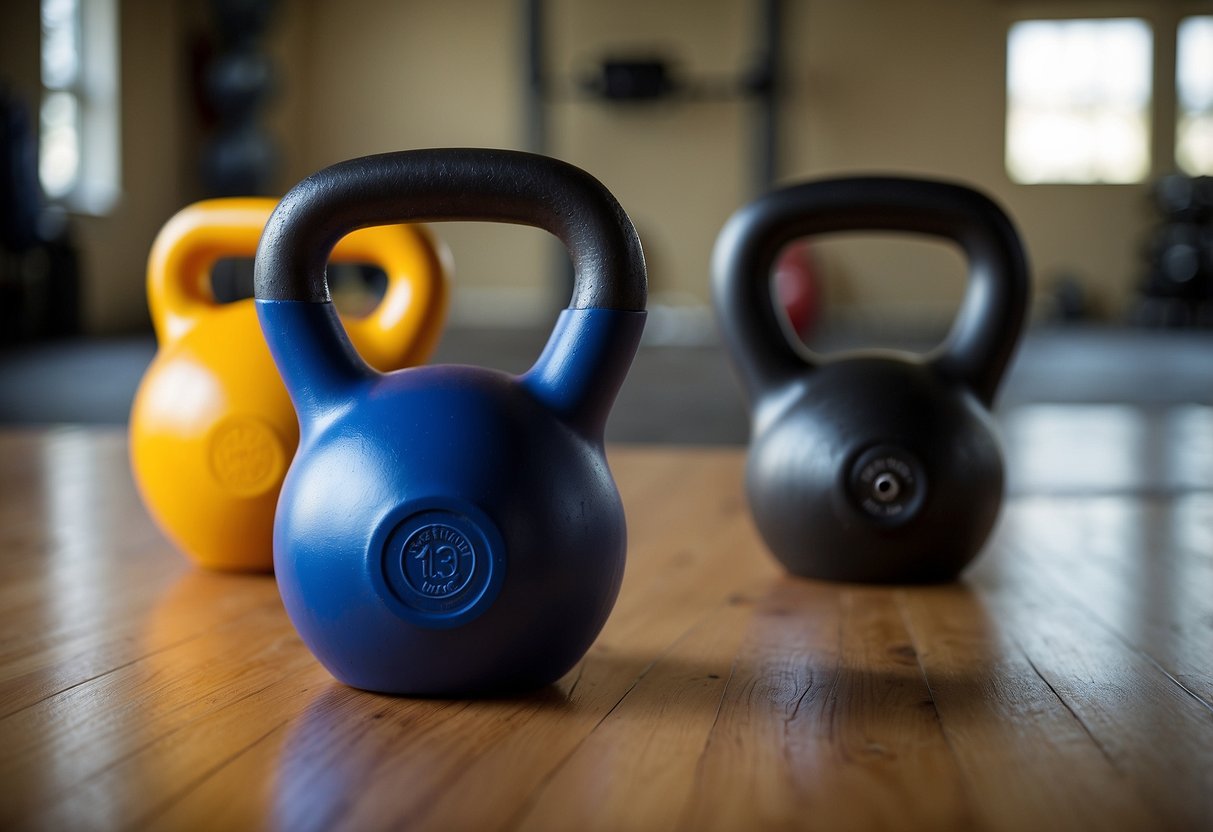
Creating a kettlebell using PVC pipe is a cost-effective way to build your own workout equipment. All you need is some PVC pipes, a T-fitting, a flange, and end caps.
Start by cutting the PVC pipe to the desired length for the handle. Use 3/4″ PVC for lighter weights and 1″ PVC for heavier weights.
Heat the pipe to bend it into a handle shape. Make sure it cools properly to hold its form. Attach the pipes with the T-fitting and the flange at the ends to secure it. Mix and pour cement into a mould to achieve the desired weight.
Detergent Bottle Weighted Kettlebell
Using a detergent bottle as a kettlebell alternative is both cost-effective and practical. Many large laundry detergent bottles come with sturdy handles that are perfect for gripping.
Simply fill the bottle with water, sand, or gravel to adjust the weight to your fitness level.
Detergent bottles are usually well-balanced, making them great for exercises like one-arm swings and squats. Plus, you likely already have one at home, saving you from purchasing new equipment.
Towel-Weighted Bag
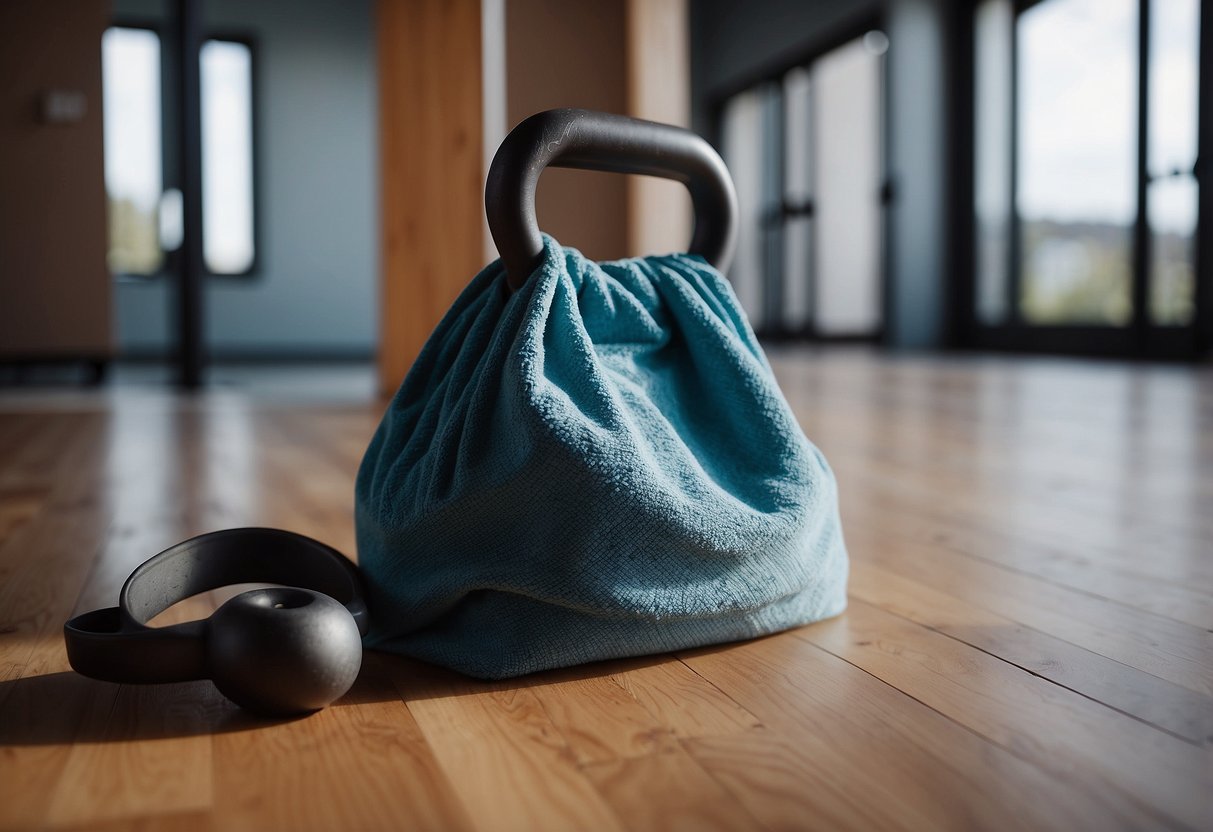
Creating a towel-weighted bag is a cheap and effective kettlebell alternative for home workouts.
To start, you’ll need a sturdy bag and some towels. A backpack or a duffel bag works well.
Fill the bag with rolled-up towels. Adjust the number of towels to achieve your desired weight. You can also use t-shirts if you run out of towels. Make sure the weight is evenly distributed within the bag to avoid imbalance.
Duct Tape Kettlebell

Making a kettlebell with duct tape is both easy and cost-effective. You can start with an empty plastic jug, like a milk or detergent container, and some duct tape.
First, fill the jug with sand or water to your desired weight. Make sure the lid is tightly secured.
Next, cover the jug with duct tape. This strengthens the structure and provides a better grip. You can even wrap more tape around the handle to make it more comfortable.
Safety Considerations
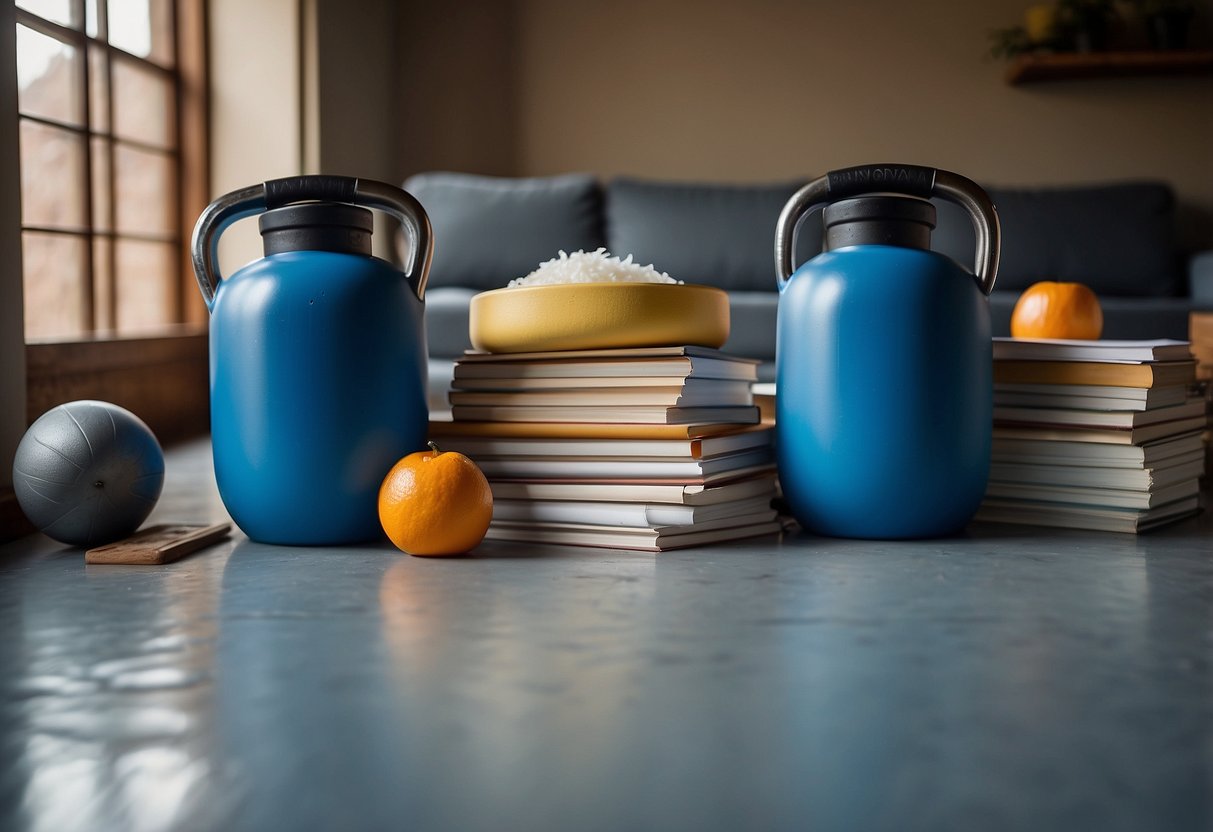
When using DIY kettlebell alternatives, ensure your lifting technique is appropriate and regularly inspect your equipment. Correct form and maintaining equipment can prevent injuries and maximise your workout’s effectiveness.
Proper Lifting Techniques
Lifting with proper technique is crucial to avoid injuries.
First, always warm up before starting your workout. This helps to get your muscles ready and can prevent strains or sprains.
Keep Your Back Straight: When lifting, maintain a straight back to protect your spine. Bending at the knees instead of the waist helps achieve this.
Engage Your Core: Tighten your abdominal muscles to provide additional support for your back.
Grip the Handle Securely: Whether using a detergent jug or tea kettle, ensure you have a firm grip. Slippery hands can lead to accidents.
Use Controlled Movements: Avoid jerky movements which can cause muscle tears or joint injuries. Focus on smooth, controlled lifts.
Practising these techniques not only keeps you safe but also improves the effectiveness of your exercises.
If uncertain about your form, consider watching tutorial videos or consulting a fitness professional.
Maintenance and Inspection
Regular maintenance of your DIY kettlebell alternatives is essential to ensure safety.
Start by checking for any cracks or damage. Household items like detergent jugs can develop stress fractures over time.
Secure Lids and Caps: Make sure any caps or lids are tightly closed. Loose elements can result in spills or unexpected weight shifts.
Inspect Handles: The handles of items like tea kettles should be checked for sturdiness. Worn or loose handles can fail, leading to potential injury.
Clean Regularly: Keep your equipment clean to maintain grip. Sweat and grime can make handles slippery, increasing the risk of accidents.
Replace When Needed: If you notice wear and tear that can’t be fixed, replace the item. Safety should never be compromised for the sake of saving money.
Benefits of DIY Kettlebell Alternatives
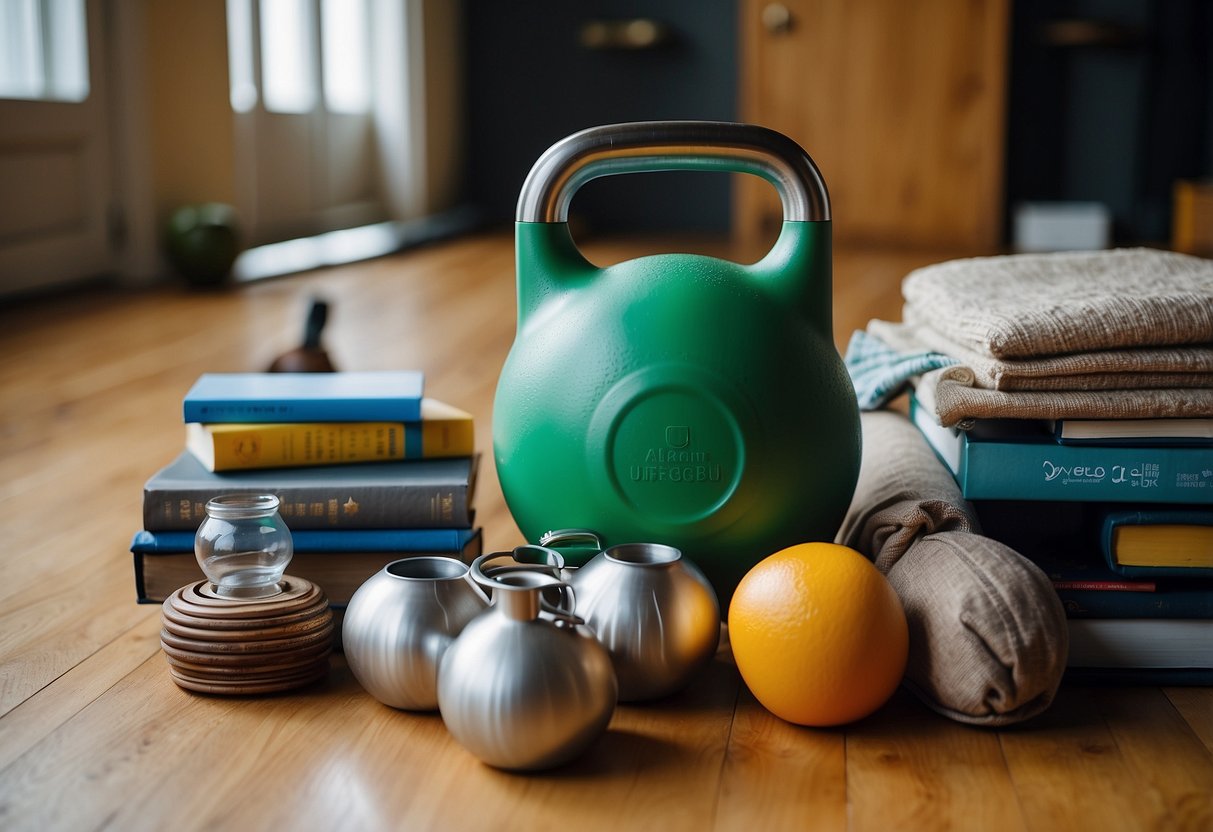
Creating your own kettlebell alternatives can save you money and let you tailor your fitness tools to your specific needs and preferences.
Cost-Effectiveness
Buying kettlebells can be expensive.
Store-bought kettlebells typically cost between $1 and $4 per pound, depending on the material and type. This can add up quickly, especially if you need multiple weights for progressive training.
DIY options, like using detergent jugs, sandbags, or even homemade devices, can cost little to no money. These items are often already available at home, making it a budget-friendly way to stay fit. By reusing household items, you not only save money but also promote a more sustainable lifestyle.
Thinking creatively about your fitness gear can result in significant savings without sacrificing the quality or effectiveness of your workouts.
Customisation Options
One of the great advantages of DIY kettlebell alternatives is how easily you can customise them.
With store-bought kettlebells, you are limited to the available weights and designs.
DIY options, however, can be adjusted to suit your strength and fitness goals.
For instance, workout sandbags can be filled with different materials to achieve varying weights. This flexibility means you can start light and gradually increase the weight as you get stronger.
Creating your own adjustable kettlebell substitutes also allows you to modify the grip and handle to ensure comfort and correct form during exercises.
Not only does this customisation enhance safety, but it also makes workouts more efficient and enjoyable.
Tips for Effective Home Workouts
Achieving effective home workouts involves careful planning and consistent tracking to ensure progress. Here are some practical tips to help you get the most out of your home fitness routine.
Routine Planning
Creating a workout routine is key to staying on track.
Start by deciding which days you’ll exercise. You might aim for three to four sessions a week.
Alternate between strength training and cardio to balance your workouts.
For example, you can use DIY kettlebell alternatives on strength days and go for runs or bike rides on cardio days.
Planning specific exercises for each session helps keep you focused.
If you’re using household items like detergent jugs or sturdy backpacks as kettlebell substitutes, make sure to incorporate exercises that target different muscle groups. This might include squats, lunges, and overhead presses.
Finally, set a time limit to keep workouts efficient.
Thirty to forty-five minutes per session is usually sufficient. This ensures you can fit workouts into your day without feeling overwhelmed.
Tracking Progress
Tracking your progress keeps you motivated and shows how far you’ve come.
Start by noting your initial fitness level. Record details like how many squats you can do or the weight of the homemade kettlebell you’re using. Use a simple journal or a fitness app to log this information.
Regularly update your records. After each workout, write down what exercises you did and how many reps or sets you completed. This helps you see improvements over time.
For example, if you started lifting a 10kg detergent jug and have moved up to 15kg, that’s clear progress.
Also, take note of how you feel during workouts. Are you finding certain exercises easier or harder?
This qualitative data is just as important as the numbers. It can guide adjustments to your routine to keep things challenging and engaging.
Remember, consistency is more important than perfection. Keep tracking even on days when the workout doesn’t go as planned.


